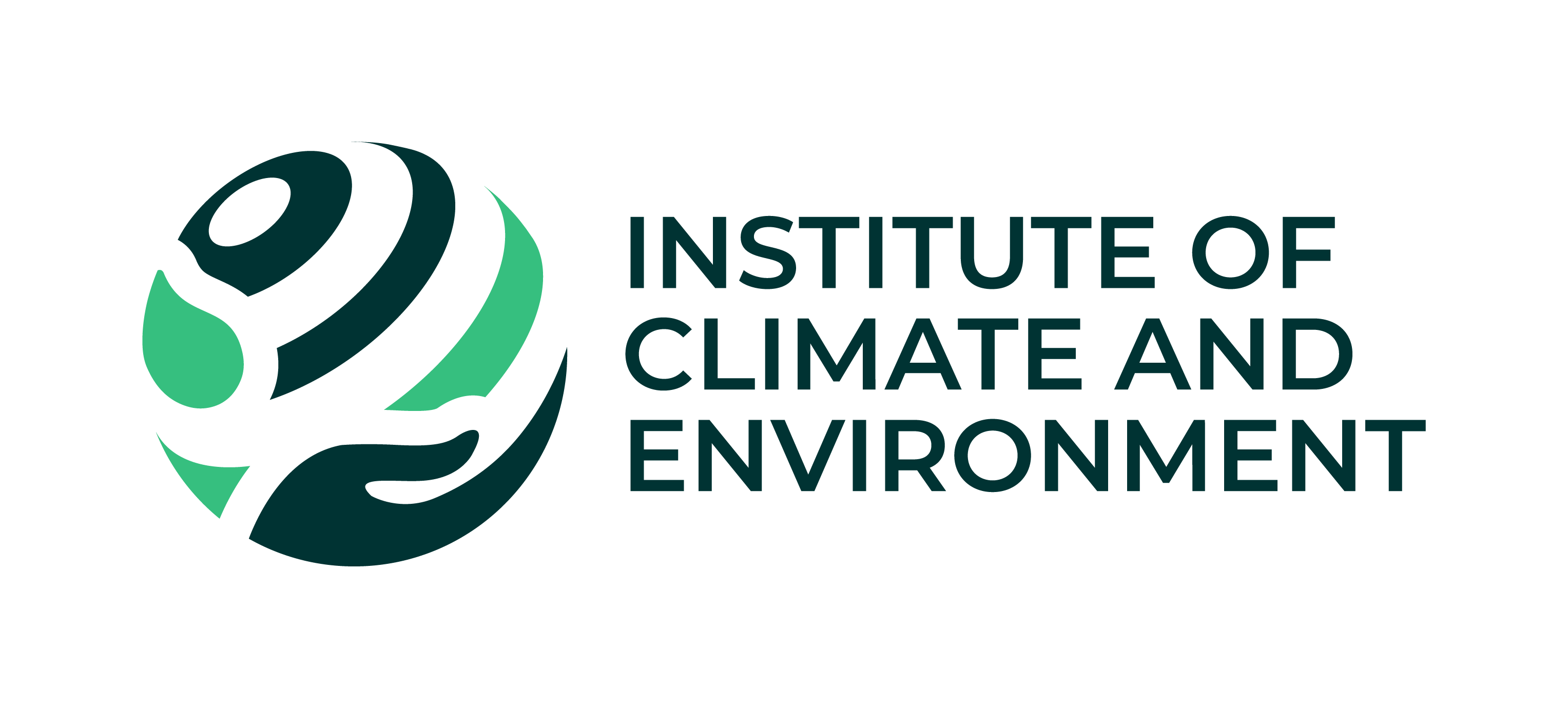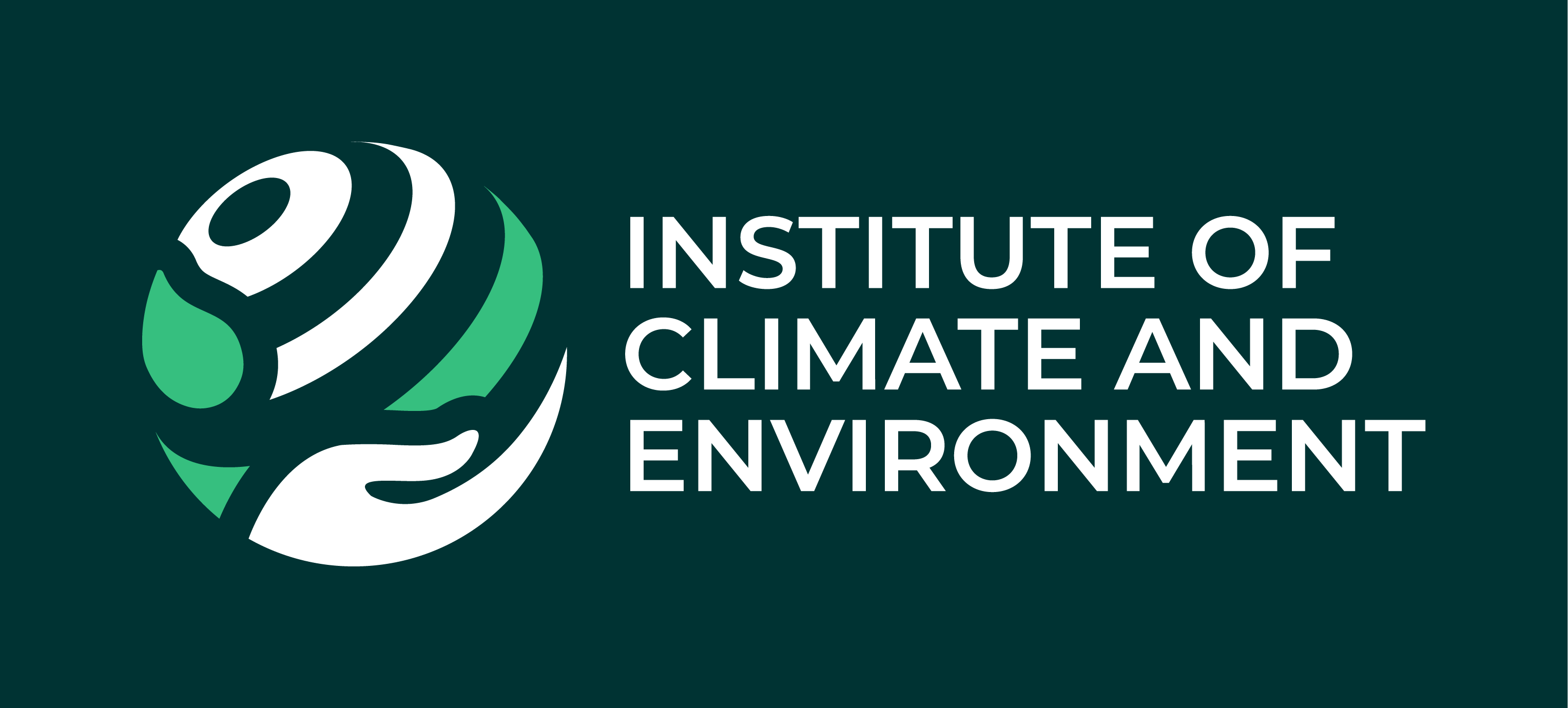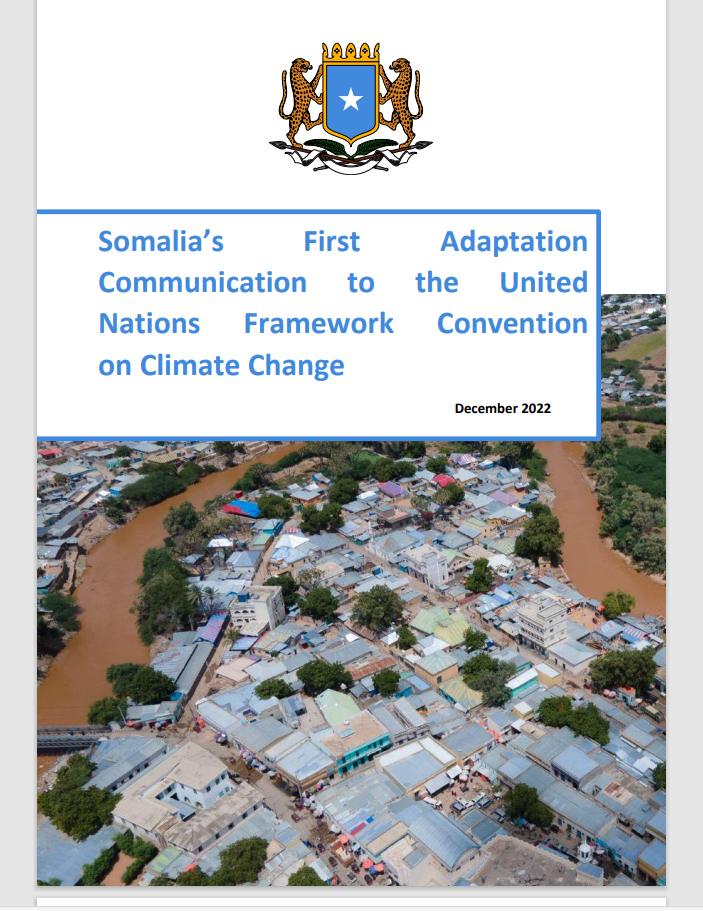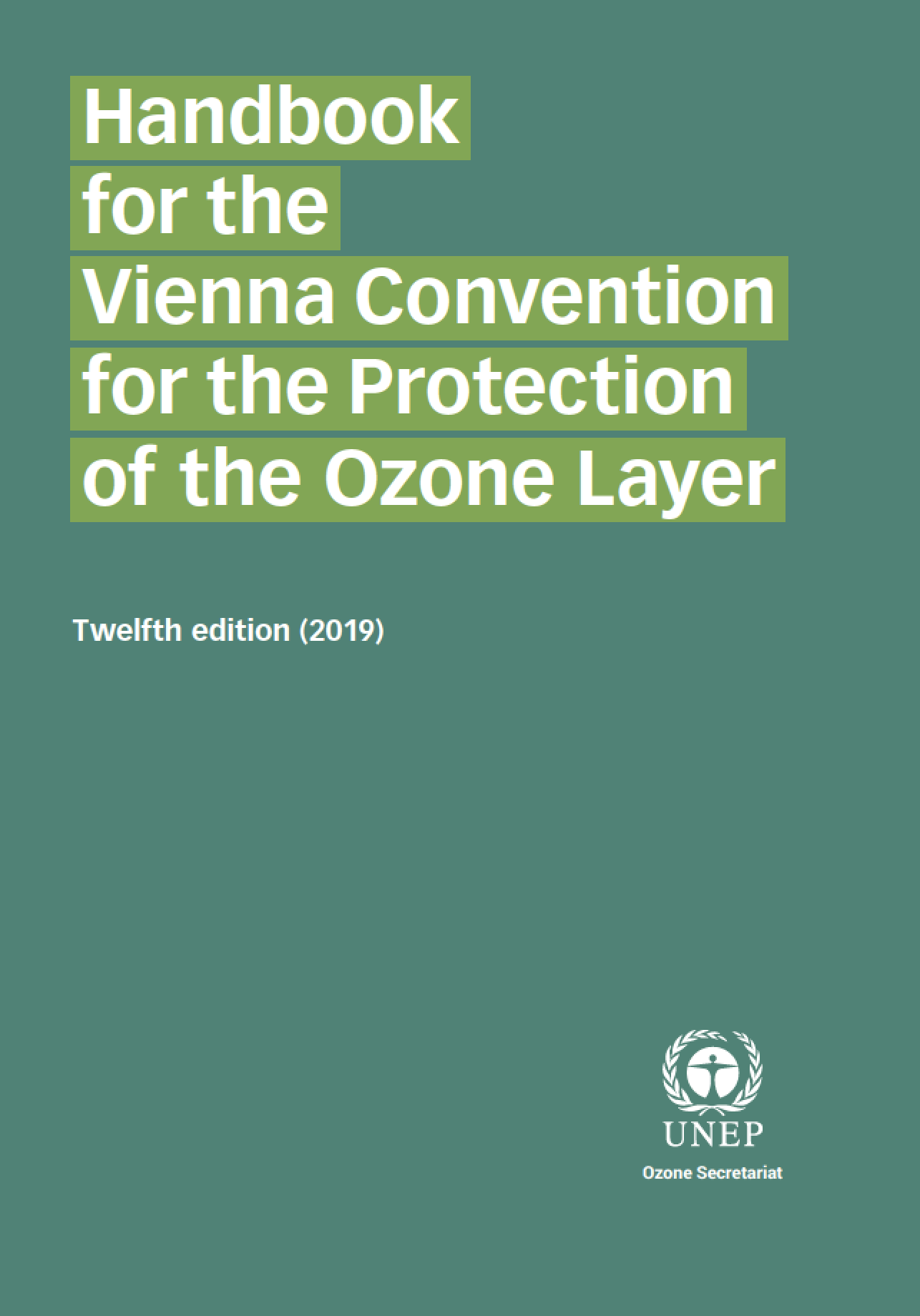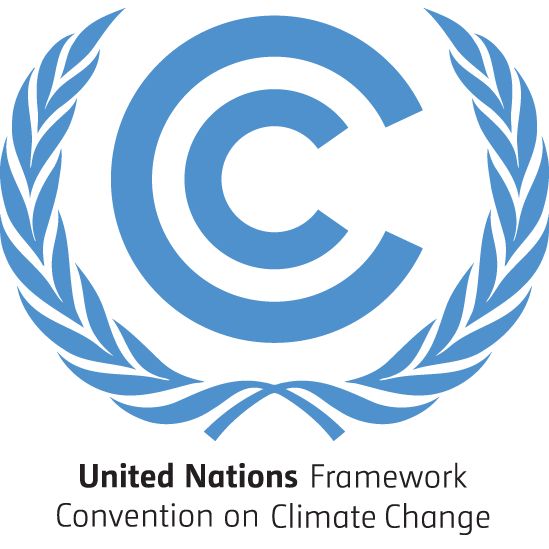
Kyoto Protocol
The Kyoto Protocol is a legally binding agreement under the United Nations Framework Convention on Climate Change (UNFCCC), which aims to reduce greenhouse gas emissions in order to mitigate the effects of climate change. The protocol was adopted in 1997 and went into effect in 2005.
Under the protocol, industrialized countries, known as Annex 1 Parties, committed to reduce their emissions of six greenhouse gases: carbon dioxide (CO2), methane (CH4), nitrous oxide (N2O), sulfur hexafluoride (SF6), hydrofluorocarbons (HFCs), and perfluorocarbons (PFCs). These countries agreed to reduce their emissions by an average of 5% below 1990 levels during the first commitment period, which was from 2008 to 2012.
The protocol also established a mechanism for developed countries to purchase emissions reduction credits from developing countries, known as the Clean Development Mechanism (CDM). This mechanism allows developed countries to offset their own emissions by funding emissions reduction projects in developing countries.
The protocol’s first commitment period ended in 2012, and the second commitment period, known as the Doha Amendment, began in 2013. However, only a small number of countries have ratified the Doha Amendment, so it has not yet entered into force.
Kyoto Protocol was largely seen as a first step towards addressing global warming, but it also had some shortcomings and limitations, like the lack of participation from the largest emitters like US, China and India, and the insufficiency of the reduction targets, which didn’t even achieve to reach the goal of the 5% reduction of the average greenhouse gas emissions.

